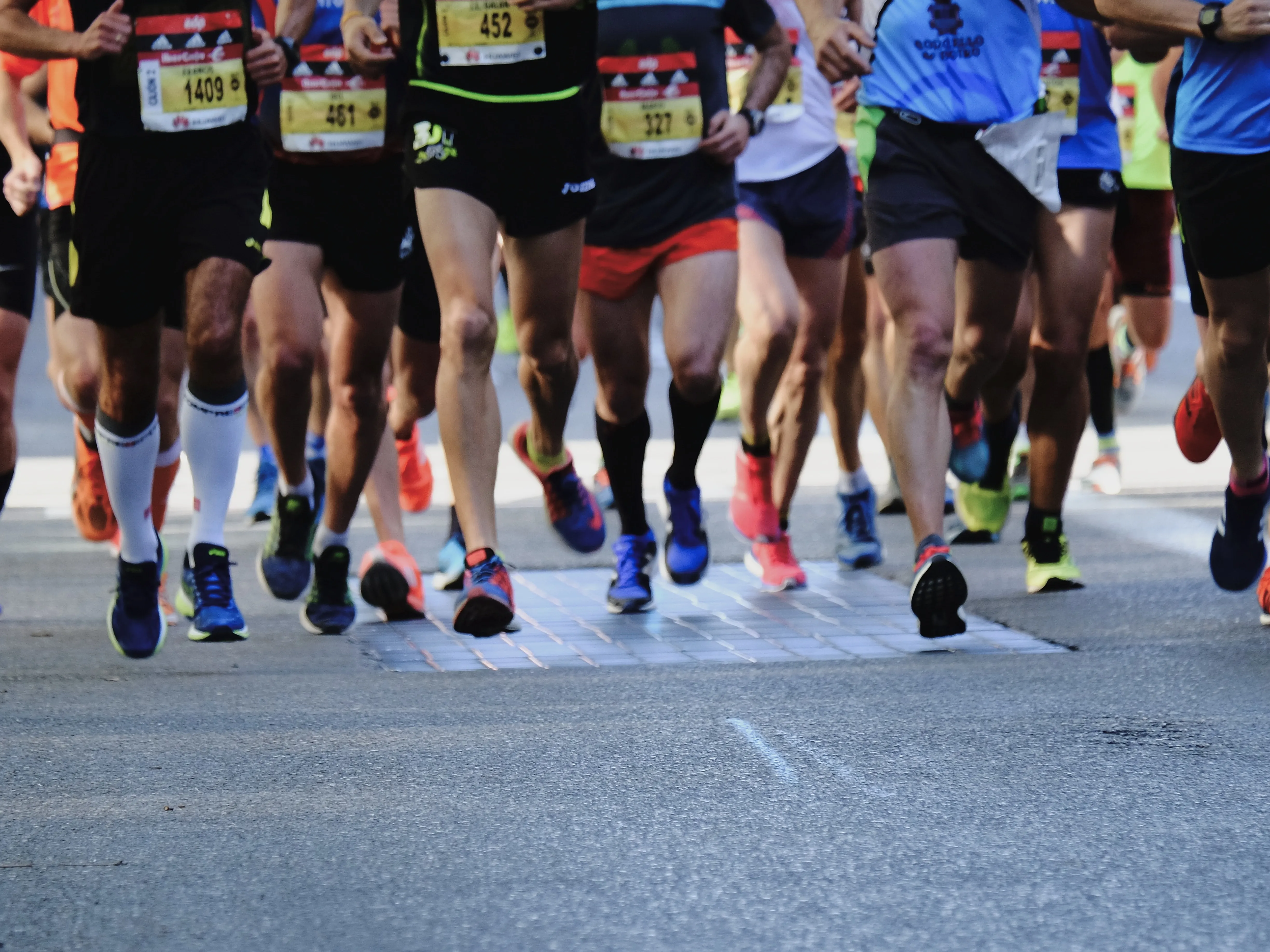
There’s a debate that rages in fitness circles about the best way to approach cardio. One practice that has gained significant attention in recent years is fasted cardio. This concept involves doing your cardio workout, for runners, your runs, on an empty stomach, often first thing in the morning. Advocates argue that fasted cardio can help to enhance fat loss and improve endurance, but what does this mean for runners specifically, and is it worth trying? In this article, we’ll delve into the science behind fasted cardio and share some runners’ insights.

The Science Behind Fasted Cardio
Fasted cardio is based on the premise that your body, when deprived of immediate dietary sources of energy, will turn to burning fat for fuel. It’s essentially trying to make physiological lemons out of lemonade by utilizing the body’s innate coping mechanism for energy provision. When you undertake a cardio session without having consumed calories beforehand, your insulin levels are low, and glycogen stores are often depleted. This drives your body to use stored fat as an energy source.
However, the effectiveness of fasted cardio for fat loss isn’t without contradiction. A study published in the Journal of the International Society of Sports Nutrition in 2014 found that body composition changes associated with aerobic exercise in conjunction with a hypo-caloric diet are similar regardless of whether or not an individual is fasted before training. However, the effects of training in a fasted state may differ for athletes compared to non-trained individuals, which is one reason the topic is frequently broached by runners.
Fasted Running: The Good, The Bad, and The Debate
Considering incorporating fasted cardio into your running routine? Here’s a breakdown of potential pros and cons.
Potential Benefits
-
Adaptation: Studies have suggested that fasted training can lead to molecular adaptations in skeletal muscle, which can improve endurance.
-
Performance: It could train your system to utilize fat more efficiently as a fuel source, preserving glycogen stores and potentially improving long-haul performance.
-
Weight Management: Some runners use fasted runs for weight management, combining it with a balanced diet for overall calorie control.

Potential Downsides
-
Impact on Intensity: Without a ready source of glycogen, high-intensity workouts could become challenging, potentially compromising the quality of your training sessions.
-
Muscle loss: Prolonged fasted cardio might lead to muscle catabolism (breakdown), which is not ideal for maintaining strength.
-
Energy Levels: Running on empty could lead to low energy levels, mood changes, and affect your overall health.
The fasted cardio debate remains unresolved. While it might offer some benefits, these may not be universal and may vary widely person-to-person. As always, it’s essential to listen to your body and consult with a health or fitness professional before making larger changes to your training setup.
Key Considerations Before You Start Fasting
If you’re keen to try fasted running, bear these points in mind:
- Start Slow: Start with slower, shorter runs and gradually build up as your body becomes used to this new regime.
- Nutrition is Vital: Pay extra attention to your nutrition during the rest of the day. Ensure you’re replenishing your body post-run.
- Hydration: Drink plenty of water before your run to maintain hydration levels.
- Monitor your Health: Keep an eye on your energy levels, mood, and other potential health indicators. A sudden negative change may indicate that fasted running isn’t for you.
Fasted running could be an enriching experiment, adding a new dimension to your training. However, it’s essential to approach it wisely. Understanding your body’s responses, listening to what it needs, and giving it the necessary fuel to recover post-workout are key to turning this experiment into a beneficial running tool.




